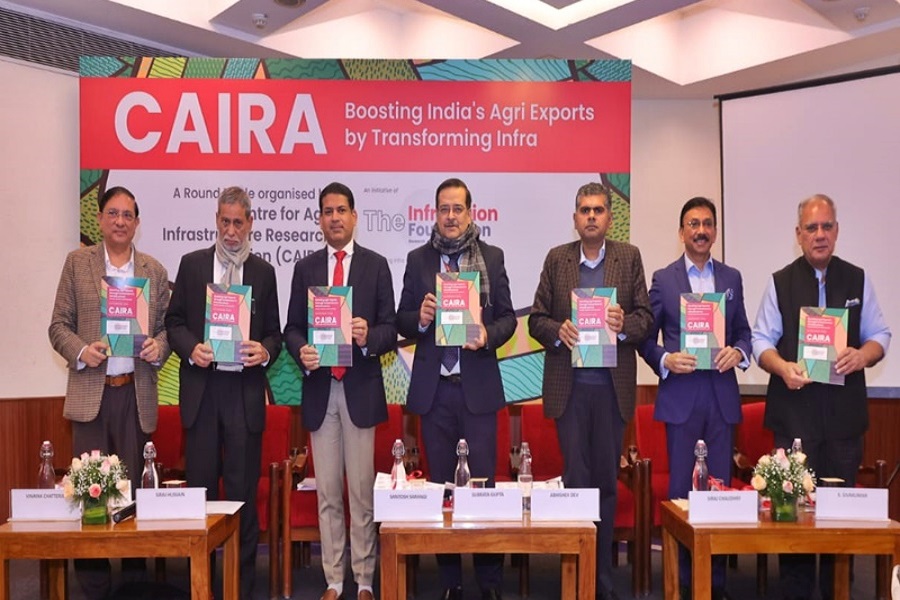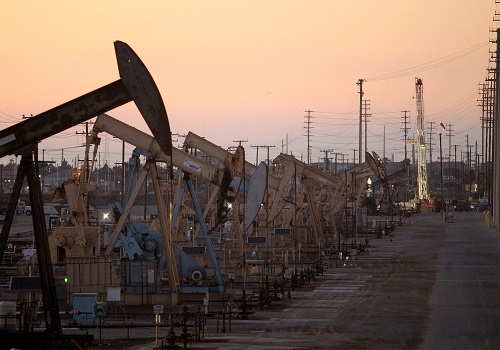Brazil Sets New Milestone in Cotton Production and Exports by Amit Gupta, Kedia Advisory

Brazil has achieved a historic milestone by surpassing the United States in cotton production and exports for the first time. In Marketing Year (MY) 2024/25, Brazil's cotton planted area reached a record 1.97 million hectares, driven by favorable prices and reduced production costs. Cotton exports are forecasted at 12.6 million bales, supported by global demand and reduced Indian output. Despite lower yields due to weather challenges, production is estimated at 16.9 million bales, up 13% from the previous year. While domestic consumption remains stable at 3.2 million bales, exports continue to thrive, with China leading import demand. Brazil's strategic positioning and cost advantages underline its growing dominance in the global cotton market.
Key Highlights
# Brazil overtakes the U.S. as the largest cotton producer and exporter.
# Record cotton area planted at 1.97 million hectares in MY 2024/25.
# Exports forecasted at 12.6 million bales, driven by global demand.
# Production rises 13% despite lower yields due to weather.
# Domestic consumption remains stable at 3.2 million bales.
India’s cotton production for the 2024/25 marketing year remains unchanged at 25 million 480-pound bales, the lowest in five years. This is attributed to a reduced cultivation area of 11.8 million hectares, despite improved yields of 461 kilograms per hectare, marking the highest in four years. Domestic ex-gin prices dropped by 9% to 82 cents over the past month, further challenged by a 4% decline in the Cotlook-A Index.
The government has stepped in to stabilize market prices through MSP procurement, with initial purchases reported at 176,000 bales. Importantly, global price competitiveness has spurred a surge in cotton imports, particularly from Australia and the U.S., with shipments in October up 479% in value year-on-year. Meanwhile, weak domestic demand continues to exert pressure on farmgate prices, leading to phased market arrivals by farmers.
India’s textile sector shows resilience as cotton-based yarn and garment exports rise by 7% and 35%, respectively, despite domestic challenges. However, declining apparel production, coupled with higher input costs, limits domestic mill consumption, which is forecasted at 25.5 million bales. Additionally, the upcoming Bharat Tex event in February 2025 is expected to highlight the sector's potential amid ongoing market adjustments.
Finally
India’s cotton sector faces a challenging year with reduced production and subdued domestic prices. MSP interventions and export opportunities may provide crucial support.
Brazil has achieved a historic milestone by surpassing the United States in cotton production and exports for the first time. In Marketing Year (MY) 2024/25, Brazil's cotton planted area reached a record 1.97 million hectares, driven by favorable prices and reduced production costs. Cotton exports are forecasted at 12.6 million bales, supported by global demand and reduced Indian output. Despite lower yields due to weather challenges, production is estimated at 16.9 million bales, up 13% from the previous year. While domestic consumption remains stable at 3.2 million bales, exports continue to thrive, with China leading import demand. Brazil's strategic positioning and cost advantages underline its growing dominance in the global cotton market.
Key Highlights
* Brazil overtakes the U.S. as the largest cotton producer and exporter.
* Record cotton area planted at 1.97 million hectares in MY 2024/25.
* Exports forecasted at 12.6 million bales, driven by global demand.
* Production rises 13% despite lower yields due to weather.
* Domestic consumption remains stable at 3.2 million bales.
India’s cotton production for the 2024/25 marketing year remains unchanged at 25 million 480-pound bales, the lowest in five years. This is attributed to a reduced cultivation area of 11.8 million hectares, despite improved yields of 461 kilograms per hectare, marking the highest in four years. Domestic ex-gin prices dropped by 9% to 82 cents over the past month, further challenged by a 4% decline in the Cotlook-A Index.
The government has stepped in to stabilize market prices through MSP procurement, with initial purchases reported at 176,000 bales. Importantly, global price competitiveness has spurred a surge in cotton imports, particularly from Australia and the U.S., with shipments in October up 479% in value year-on-year. Meanwhile, weak domestic demand continues to exert pressure on farmgate prices, leading to phased market arrivals by farmers.
India’s textile sector shows resilience as cotton-based yarn and garment exports rise by 7% and 35%, respectively, despite domestic challenges. However, declining apparel production, coupled with higher input costs, limits domestic mill consumption, which is forecasted at 25.5 million bales. Additionally, the upcoming Bharat Tex event in February 2025 is expected to highlight the sector's potential amid ongoing market adjustments.
Finally
India’s cotton sector faces a challenging year with reduced production and subdued domestic prices. MSP interventions and export opportunities may provide crucial support.
Above views are of the author and not of the website kindly read disclaimer










Tag News

Crude Oil is now looking overbought and sell on rise is recommended near 6750 for tgt of 660...














